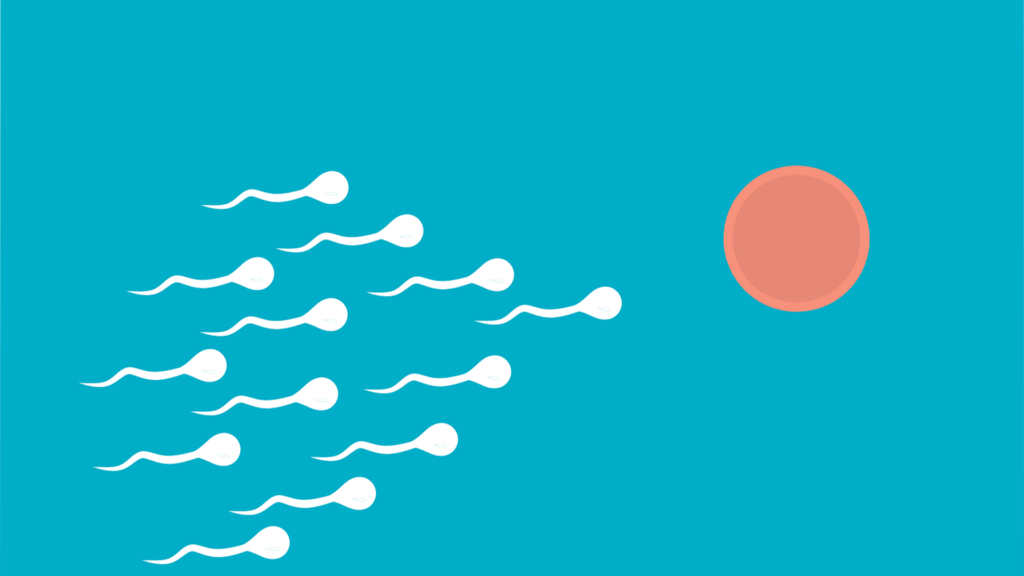The BC Centre for Excellence in HIV/AIDS (BC-CfE) hosted a national summit in early June to address a troubling reality: The latest available government statistics for 2023 show a 35% uptick in HIV cases in Canada compared to 2022.
Key Points
- Canada’s latest available government statistics for 2023 show a 35% uptick in HIV cases compared to 2022, with anecdotal discussions between BC-CfE and HIV experts nationwide indicating the situation continues to deteriorate in 2024 and 2025.
- The BC Centre has pioneered Treatment as Prevention (TasP) and Pre-Exposure Prophylaxis (PrEP) programs that have been adopted in multiple Canadian jurisdictions, yet the summit highlighted that HIV rates continue to rise nationwide despite these evidence-based interventions.
- BC-CfE Executive Director and Physician-in-Chief Dr. Julio Montaner called on Canadian Prime Minister Mark Carney to implement a national HIV strategy including universal access to antiretroviral therapy and PrEP within a national pharmacare plan, aiming to meet UNAIDS 95-95-95 targets for HIV testing, treatment and viral suppression by 2030.
The rising infection rates suggest a critical failure in public health implementation rather than scientific capability. The research institute noted that many of Canada’s new HIV cases relate to domestic and international migration, which demonstrates the need for federal unity and international efforts.
The Data
- In 2023, there were 2,434 new diagnoses of HIV in Canada: a 35 per cent increase compared to the year before. The number of new cases had been on the decline between 2016 and 2020, making this reversal particularly concerning.
- According to a study in the Journal of the Association of Medical Microbiology and Infectious Disease Canada, Saskatchewan reported HIV incidence at four to five times the national average in 2021 and 2022. The study found that injection drug use has become the most common mode of HIV exposure in both Saskatchewan (since 2007) and Manitoba (since 2022).
- Clinical trial data supporting Treatment as Prevention shows remarkable efficacy. The HPTN 052 study found that antiretroviral therapy (ART) reduced sexual transmission of HIV by 96% when started soon after diagnosis, with no transmissions occurring when viral loads were suppressed.
- The recent summit also highlighted concerning projections about US funding cuts. UNAIDS estimates another 6.6 million new HIV infections and 4.2 million AIDS-related deaths between 2025 and 2029 if US government cuts continue, with potential spillover effects on international migration and disease transmission patterns.
Public Health Context
The Prime Minister has called for cost-effective, nation-building projects to improve the lives of Canadians and show leadership. Redoubling efforts to defeat HIV/AIDS in Canada by 2030 fits the bill. It saves lives, prevents disease progression, improves quality of life and saves money. We have a plan. We need the Prime Minister’s help to get it over the finish line.
Dr. Julio Montaner, BC-CfE Executive Director and Physician-in-Chief
The paradox of rising HIV rates amid proven prevention tools reflects broader healthcare system challenges. The international dimension adds urgency to domestic policy decisions. The current freeze on US HIV funding programs threatens to disrupt global prevention efforts, with UNAIDS warning of potential increases in HIV transmission that could impact Canada through migration patterns. Dr. Val Montessori, BC-CfE Director of Clinical Education and Summit co-chair, noted: “HIV does not respect provincial, Canadian or international borders. With new HIV diagnoses rising across Canada, the need is greater than ever to implement proven HIV prevention and treatment strategies.”
Yet challenges persist in translating scientific success into public health outcomes. The summit’s call for national pharmacare inclusion of HIV medications addresses a critical gap, but implementation faces political and budgetary hurdles. Meanwhile, prevention tools like PrEP, which substantially lowers the risk of contracting HIV, remain inconsistently available across provinces. The question isn’t whether Canada can end its HIV epidemic by 2030—the BC experience proves it’s possible—but whether political will can match scientific capability before more lives are affected by preventable infections.



